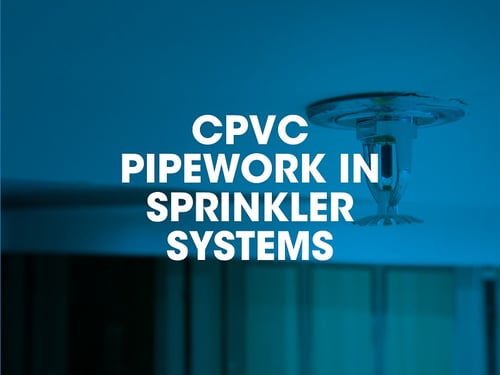These ancillary products include (but are not limited to): mastics, glues (solvent cements), fire sealants/fire stopping materials etc. Damage in some cases has resulted in damage of the pipework and water leaks.
CPVC is a thermoplastic produced by chlorination of polyvinyl chloride (PVC) resin. CPVC pipes can be used to withstand a wider range of temperatures than standard PVC.
CPVC pipework and fittings have been used widely in fire sprinkler systems in Europe and America and whilst may have a durability of 50+ years, there have been instances of damage occurring to the pipes due to contamination when exposed to certain chemicals.
CPVC is resistant to most water soluble chemicals but is not resistant to hydrocarbon based chemicals. This can result in pipes and fittings becoming brittle and fracturing.
The industry is aware of this issue and manufacturers of CPVC fire sprinkler pipes and fittings are now providing access to product compatibility lists, to ensure contamination of and resulting damage of the CPVC pipes is avoided. These lists of non-compatible products have been posted on manufacturer’s websites.
Note: Damage to CPVC pipes can also occur due to other factors such as incorrect support, excessively tight hangers, excessive bending etc. The manufacturer’s recommendations should be followed.
Summary
Developers should:
- Seek confirmation from their fire sprinkler installation contractors that where CPVC pipework and fittings have been installed, compatible materials have been used in contact with the CPVC pipework system (i.e. fire sealants, fire stopping materials etc.).
- Where potential non compatible materials have been used, what remediation solutions will be undertaken? Consultation with the pipe manufacturers is advisable.
- Have available documentation on request to demonstrate that compatible materials in contact with the CPVC pipework have been used.
Developers should also ensure that other contractors involved in the development are aware of the importance of maintaining correct ancillary materials in contact with CPVC pipes, and that materials are not disturbed or replaced with other non-compatible materials in the course of installations.
Ref: TS 3127

